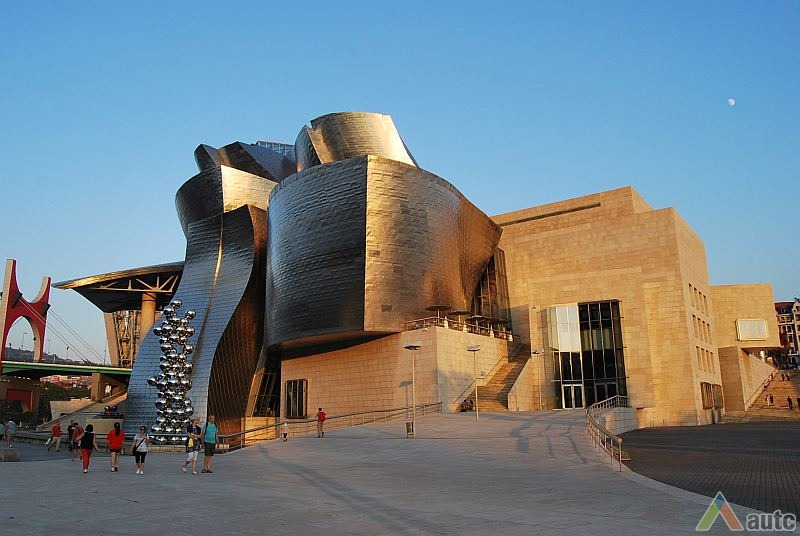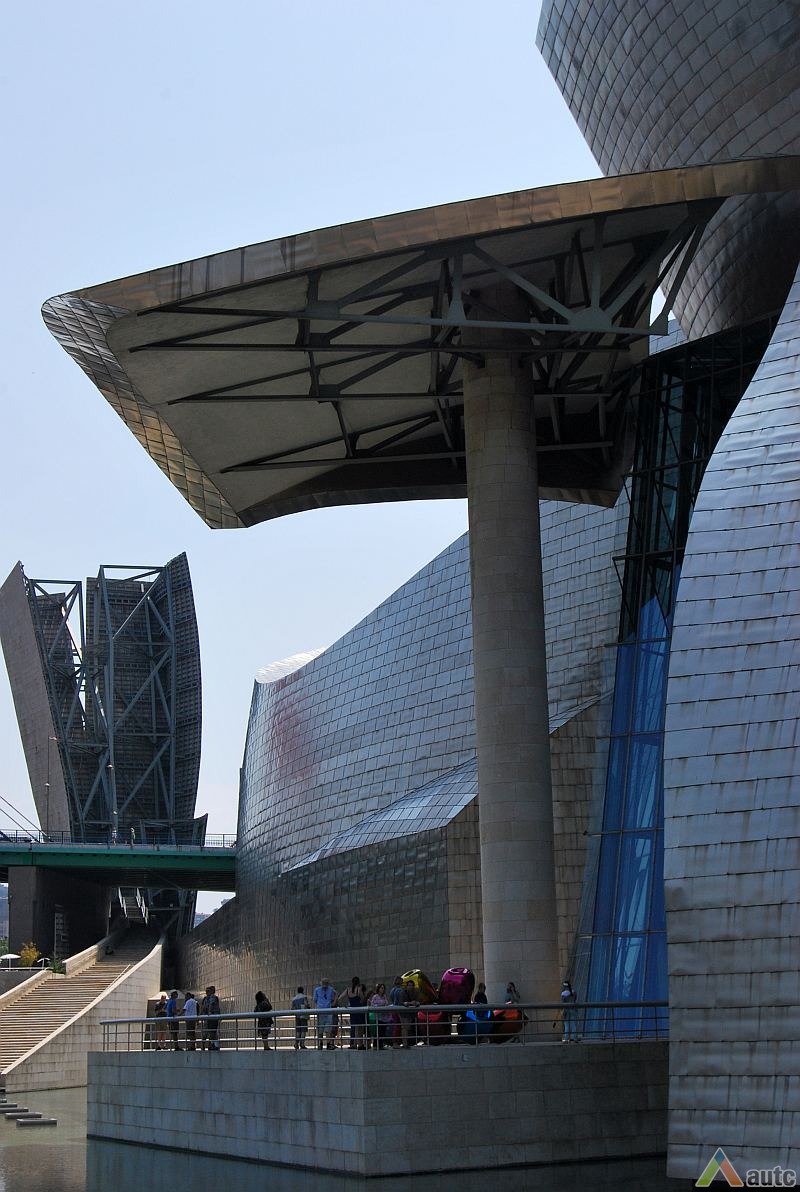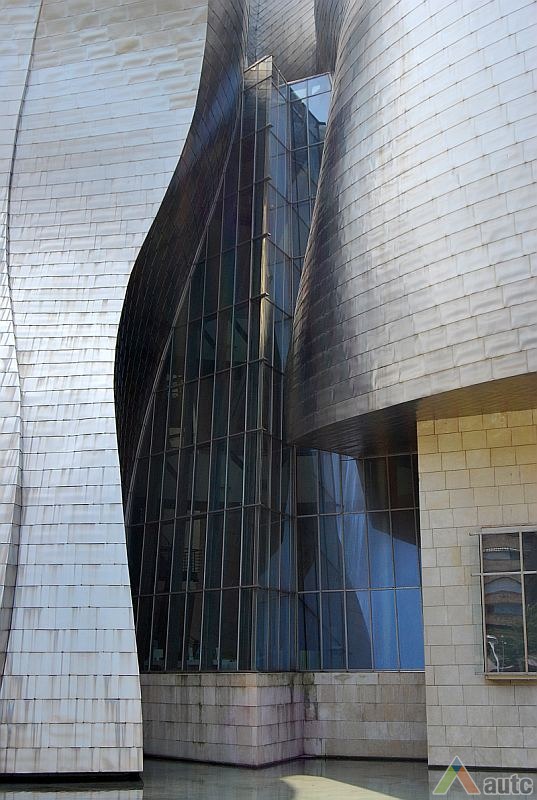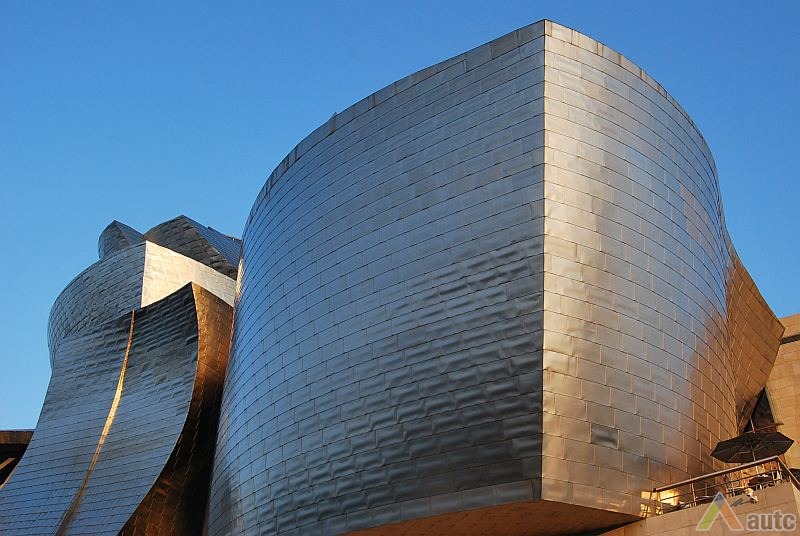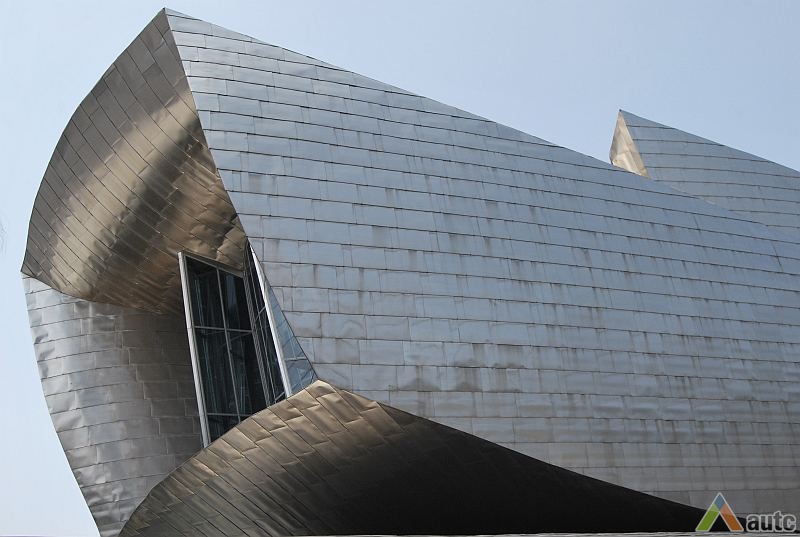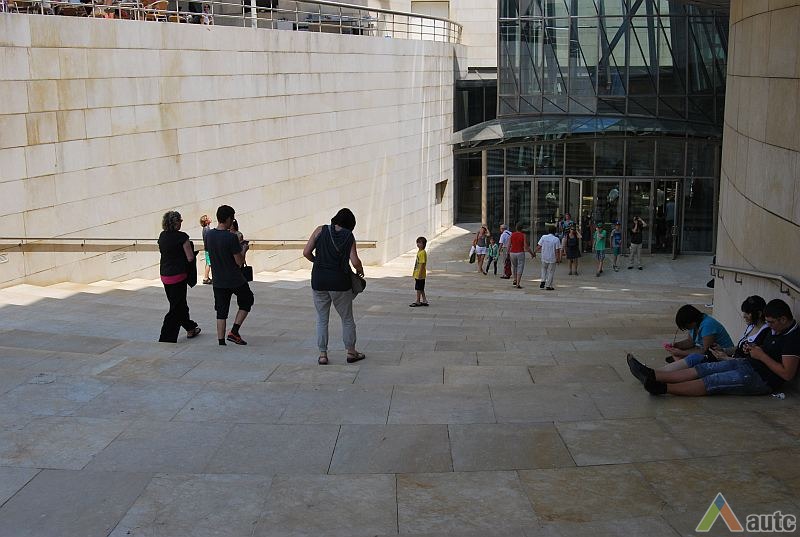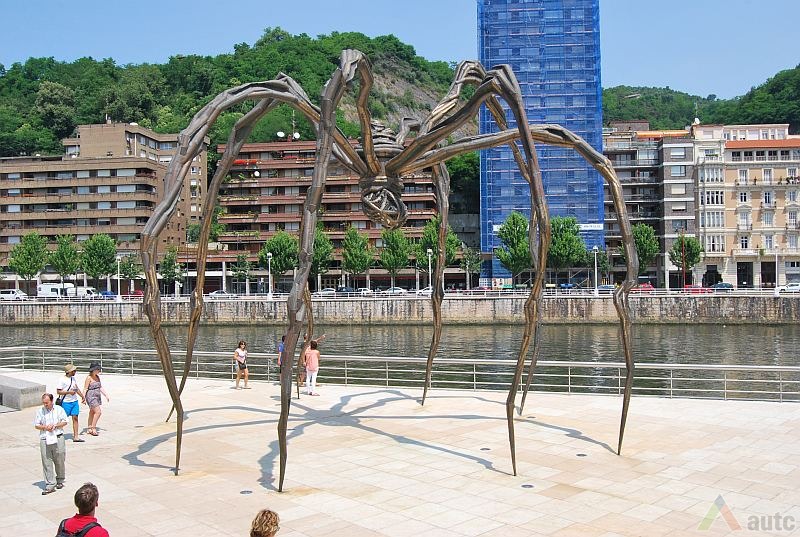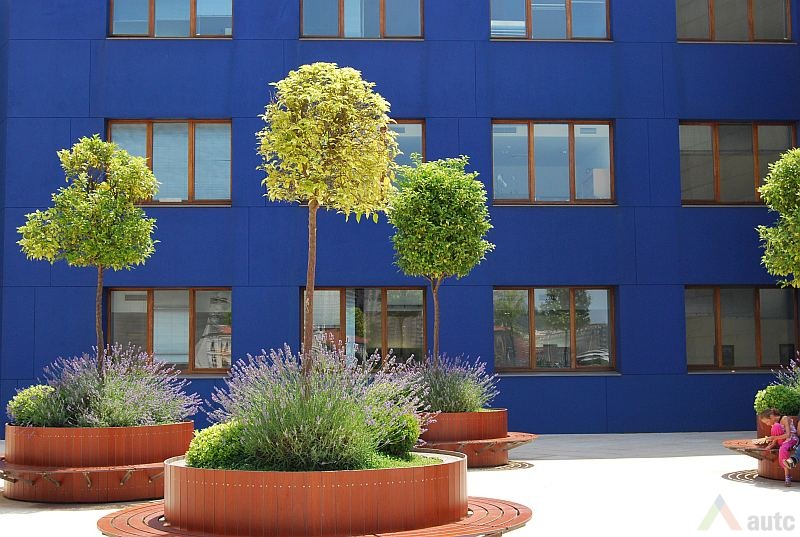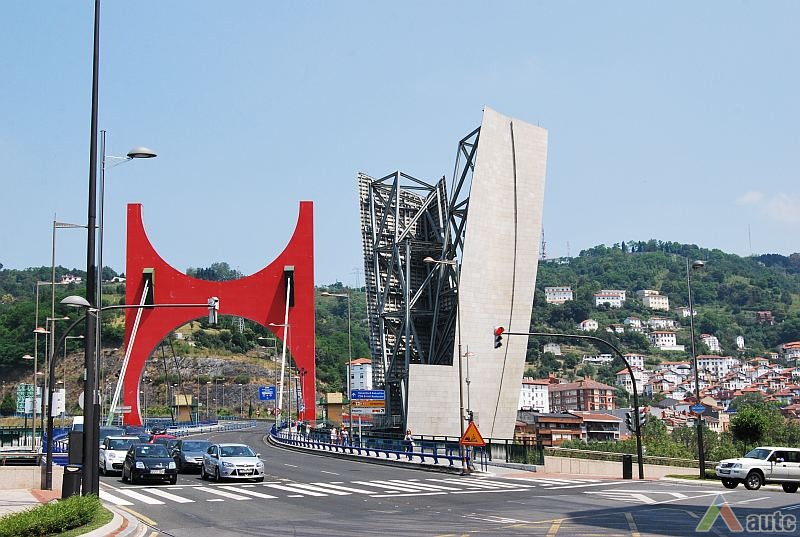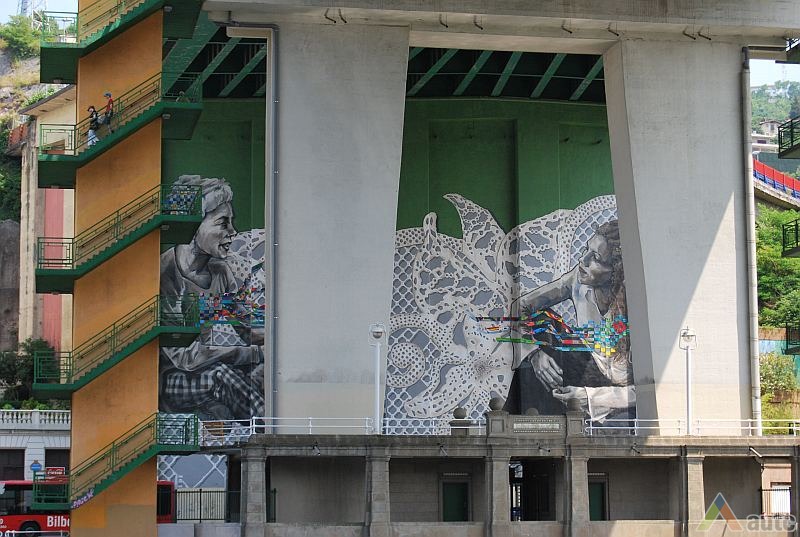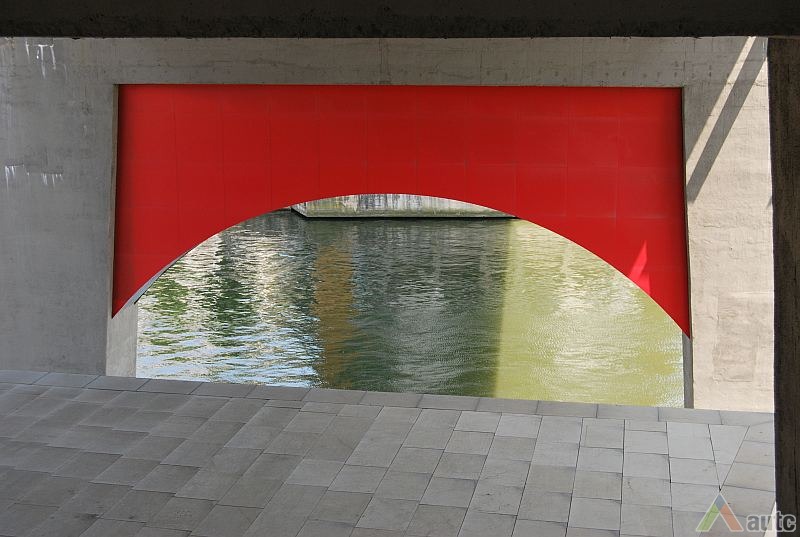![<p style="text-align: justify;"><strong>The Shift of the Paradigms. </strong>The period between 1980s and 1990s could be described as the times when producing a new identity was the most important task for some Western Europe’s cities and towns. These decades reflect the rising importance of place image. On one hand it is closely related to the shift of philosophical paradigm which turned to post-modernity who covered all areas of human life. But these changes firstly were caused by collapse of industrial economics era. Thus the cities were forced to re-think their place in the new – post-industrial space. The best examples of trials of re-do identities are to be met in UK’s industrial cities like Liverpool, Glasgow or town of smaller–scale Stoke on Trent, who used its industrial past’s narrative to construct their post-industrial future. Or simply – their actions gave a rise for creative industry definition. By these British examples we could add Dutch or some Italian cities and towns but however we shall admit that Spanish cities were exceptional. Spain had been suffering constant down-falls of its economy during the Franco regime. Thus, cities like Barcelona and Bilbao were turned into dull industrial areas. Post-Franco era forced these places to find their new identity and either to integrate into a full-fledged space of the rising global economy. And they were successful. You certainly couldn’t even think that Icaria seashore in Barcelona which mostly is recognized by F. Gehry’s fish sculpture and giant skyscraper twins used to be a dull industrial area engraved by railway tracks just right before the Olympics’92. The Barcelona Olympics became the Coronation of the holistic city’s regeneration which was about to complete in less than 20 years. It was either the biggest stimulus for place image making and promoting it World-wide.</p>
<p style="text-align: justify;"><strong>In Pursuit of the New Identity. </strong>Bilbao also was about to change its even negative image often related to terrorism of Bask separatist movement. Beatriz Plaza[1] (2008) points out several spots on culture and tourism based regenerations to be successful economical re-activator. The main spot is that cultural industry should equally grow together with other economic sectors such as innovative industry, financial management, real estate development projects outside and inside of the region who’s being regenerated. Variety and integration of the economy of the region were the main reasons Bilbao to become the World famous cultural and economical centers. So the success of the capital of the Basque country dates back to 1987 when the first master - plan of the holistic regeneration was prepared. Since then there were spent approx. 1.5 billion of USD to attract global capital to the city. Thus, Bilbao was being painted in good architectural colors of C. Pelli, J. Stirling or N. Foster. Also many assets were given to increase transport communication system. Anyway, these qualities were accepted by many other post-industrial towns and cities which bricked their paths on global capital and creative industries. Bilbao, however, went even further. Their ability to attract Thomas Krens and The Solomon R. Guggenheim Foundation was the key move to give this place World-wide fame who distinguished this place from all other examples of success. This turn sometimes is called the beginning and the rise of entrepreneurial urban policy[2] (Caballos, 2004).</p>
<p style="text-align: justify;">If we delve more deeply into the sociocultural context we see Bilbao’s chosen global instead of to remain local. Unlike Barcelona, which was successful too, Bilbao made a large – scale reconstruction project not only in terms of physical infrastructure but either they implanted totally new identity of the place which is, well culture-based, but as much consumerist as Jeff Koons artwork by the Gehry’s building. Thus Bilbao and the name of ‘The Guggenheim Museum’ became a global franchise of ‘lust’ and ‘desire’. Anyway, the museum itself is just ‘the Top of the Eisberg’.</p>
<p style="text-align: justify;"><strong>Starchitecture and the Contemporary Society. </strong>Few decades ago F. Jameson[3] (1998: 15-16) once described J. Portman’s Westin Bonaventure hotel in Los Angeles as the realization of post-modern space which: ‘has finally succeeded in transcending the capacities of the individual human body to locate itself, to organize its immediate surroundings perceptually, and to map cognitively its position in a mappable external world’. Now one can conclude that nowadays public places and starchitecture buildings go beyond the human’s ability to perceive surroundings and perceive self when being surrounded are very often. Bizarre, weird or strange shapes of building composition are nothing but, according to J. Zulaika[4], object of human desire (2007). J. Gehry’s project of the Bilbao Guggenheim (1993-1997), indeed, was the entrepreneurial movement who easily hit the target of human desire. This kind of starchitectural spots spread through Europe’s cities and towns who sought so called ‘Bilbao Effect’. Titanium sheets covered building was erected either in LA just only in two years after the Bilbao project.</p>
<p style="text-align: justify;">Shiny, fleshing and skittish therefore attractive facades of ‘Guggenheim Bilbao’ draw us to the discourse of today’s architecture soaked with a demonstration of advanced building technology and consumerist, a global economy based view of life. Nevertheless R. Gehry and the other starchitects handle obvious mastery of such kind of buildings. Implemented Dubai Guggenheim and also plans to build Guggenheim in Vilnius also has dealt with 'star' manner of architecture.</p>
<p style="text-align: justify;"><em>Kastytis Rudokas</em></p>](https://autcserver.baco.lt/api/images/heritage/02B6EC4C-3E7D-4401-92CB-458D4EFFB22F)
The Shift of the Paradigms. The period between 1980s and 1990s could be described as the times when producing a new identity was the most important task for some Western Europe’s cities and towns. These decades reflect the rising importance of place image. On one hand it is closely related to the shift of philosophical paradigm which turned to post-modernity who covered all areas of human life. But these changes firstly were caused by collapse of industrial economics era. Thus the cities were forced to re-think their place in the new – post-industrial space. The best examples of trials of re-do identities are to be met in UK’s industrial cities like Liverpool, Glasgow or town of smaller–scale Stoke on Trent, who used its industrial past’s narrative to construct their post-industrial future. Or simply – their actions gave a rise for creative industry definition. By these British examples we could add Dutch or some Italian cities and towns but however we shall admit that Spanish cities were exceptional. Spain had been suffering constant down-falls of its economy during the Franco regime. Thus, cities like Barcelona and Bilbao were turned into dull industrial areas. Post-Franco era forced these places to find their new identity and either to integrate into a full-fledged space of the rising global economy. And they were successful. You certainly couldn’t even think that Icaria seashore in Barcelona which mostly is recognized by F. Gehry’s fish sculpture and giant skyscraper twins used to be a dull industrial area engraved by railway tracks just right before the Olympics’92. The Barcelona Olympics became the Coronation of the holistic city’s regeneration which was about to complete in less than 20 years. It was either the biggest stimulus for place image making and promoting it World-wide.
In Pursuit of the New Identity. Bilbao also was about to change its even negative image often related to terrorism of Bask separatist movement. Beatriz Plaza[1] (2008) points out several spots on culture and tourism based regenerations to be successful economical re-activator. The main spot is that cultural industry should equally grow together with other economic sectors such as innovative industry, financial management, real estate development projects outside and inside of the region who’s being regenerated. Variety and integration of the economy of the region were the main reasons Bilbao to become the World famous cultural and economical centers. So the success of the capital of the Basque country dates back to 1987 when the first master - plan of the holistic regeneration was prepared. Since then there were spent approx. 1.5 billion of USD to attract global capital to the city. Thus, Bilbao was being painted in good architectural colors of C. Pelli, J. Stirling or N. Foster. Also many assets were given to increase transport communication system. Anyway, these qualities were accepted by many other post-industrial towns and cities which bricked their paths on global capital and creative industries. Bilbao, however, went even further. Their ability to attract Thomas Krens and The Solomon R. Guggenheim Foundation was the key move to give this place World-wide fame who distinguished this place from all other examples of success. This turn sometimes is called the beginning and the rise of entrepreneurial urban policy[2] (Caballos, 2004).
If we delve more deeply into the sociocultural context we see Bilbao’s chosen global instead of to remain local. Unlike Barcelona, which was successful too, Bilbao made a large – scale reconstruction project not only in terms of physical infrastructure but either they implanted totally new identity of the place which is, well culture-based, but as much consumerist as Jeff Koons artwork by the Gehry’s building. Thus Bilbao and the name of ‘The Guggenheim Museum’ became a global franchise of ‘lust’ and ‘desire’. Anyway, the museum itself is just ‘the Top of the Eisberg’.
Starchitecture and the Contemporary Society. Few decades ago F. Jameson[3] (1998: 15-16) once described J. Portman’s Westin Bonaventure hotel in Los Angeles as the realization of post-modern space which: ‘has finally succeeded in transcending the capacities of the individual human body to locate itself, to organize its immediate surroundings perceptually, and to map cognitively its position in a mappable external world’. Now one can conclude that nowadays public places and starchitecture buildings go beyond the human’s ability to perceive surroundings and perceive self when being surrounded are very often. Bizarre, weird or strange shapes of building composition are nothing but, according to J. Zulaika[4], object of human desire (2007). J. Gehry’s project of the Bilbao Guggenheim (1993-1997), indeed, was the entrepreneurial movement who easily hit the target of human desire. This kind of starchitectural spots spread through Europe’s cities and towns who sought so called ‘Bilbao Effect’. Titanium sheets covered building was erected either in LA just only in two years after the Bilbao project.
Shiny, fleshing and skittish therefore attractive facades of ‘Guggenheim Bilbao’ draw us to the discourse of today’s architecture soaked with a demonstration of advanced building technology and consumerist, a global economy based view of life. Nevertheless R. Gehry and the other starchitects handle obvious mastery of such kind of buildings. Implemented Dubai Guggenheim and also plans to build Guggenheim in Vilnius also has dealt with 'star' manner of architecture.
Kastytis Rudokas
